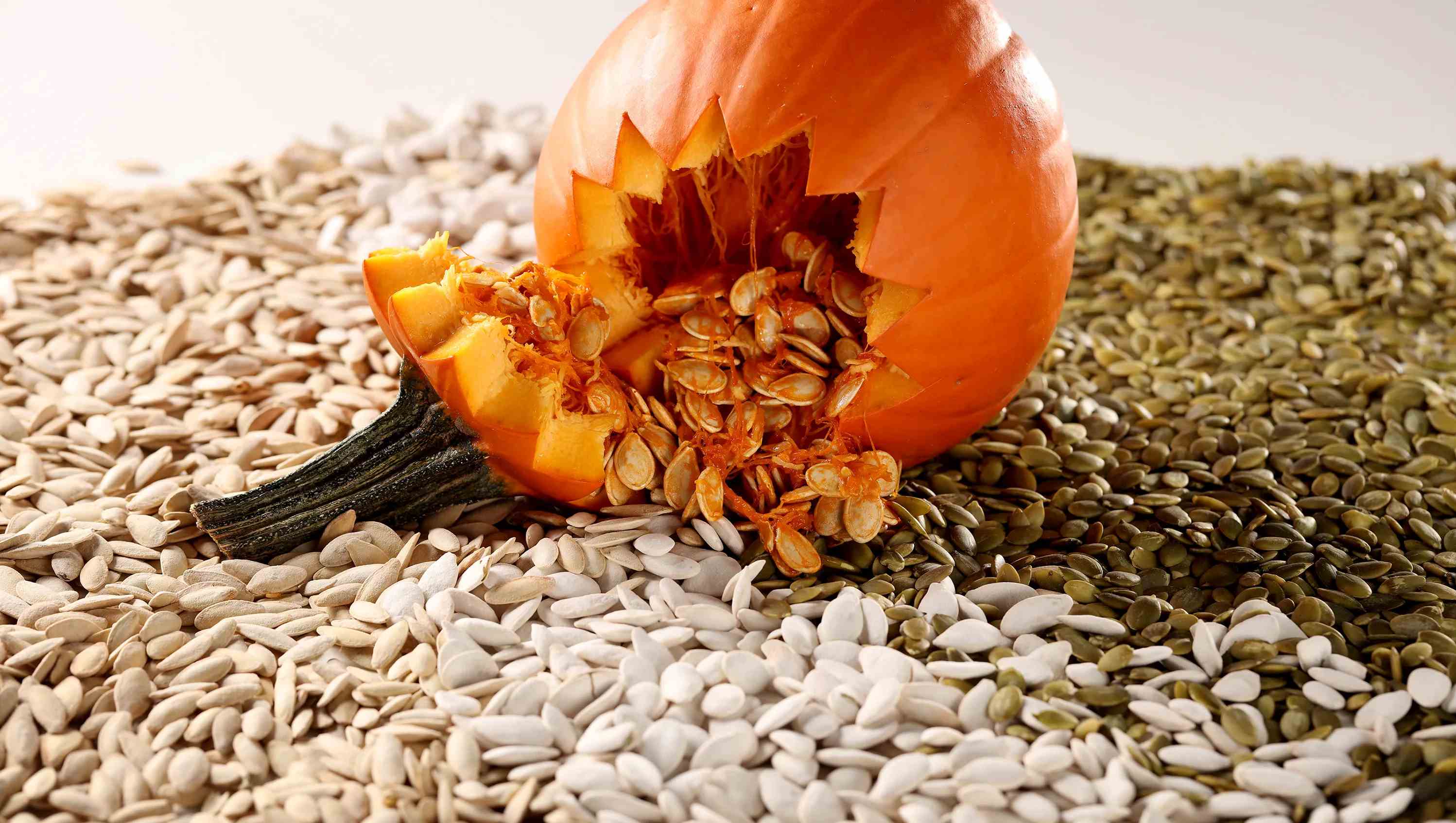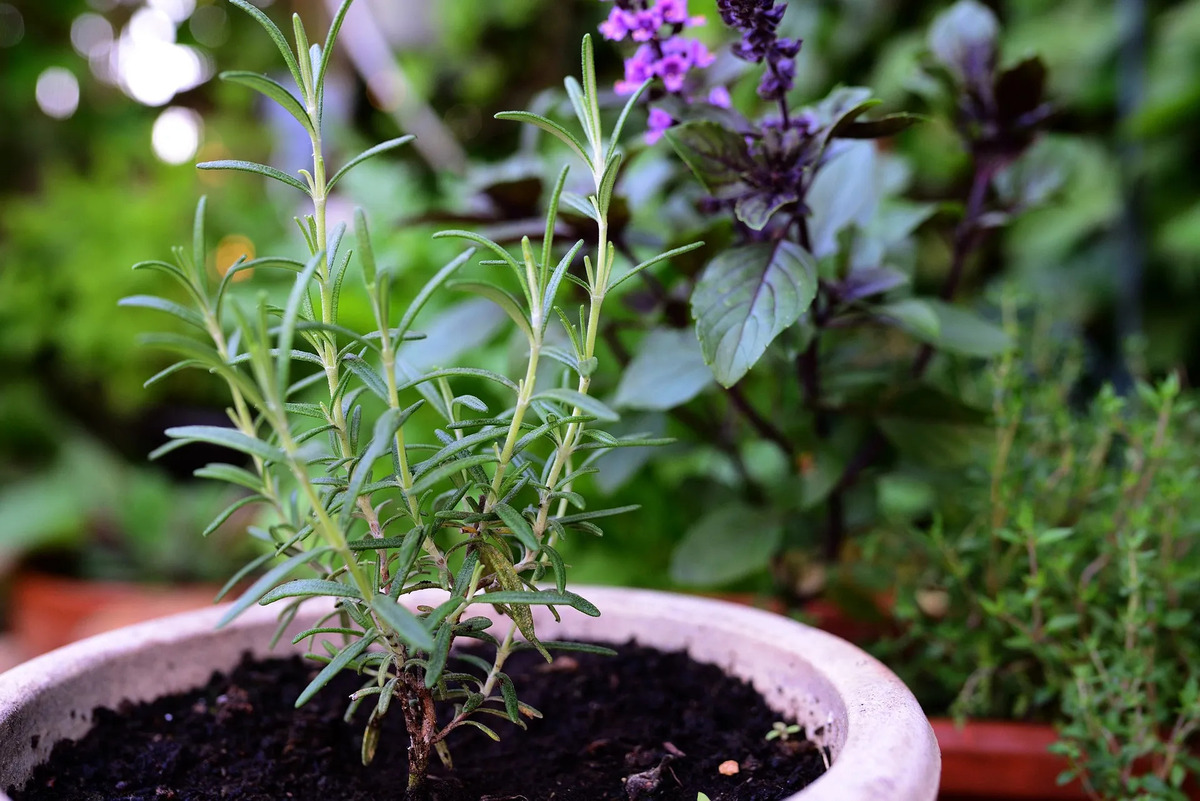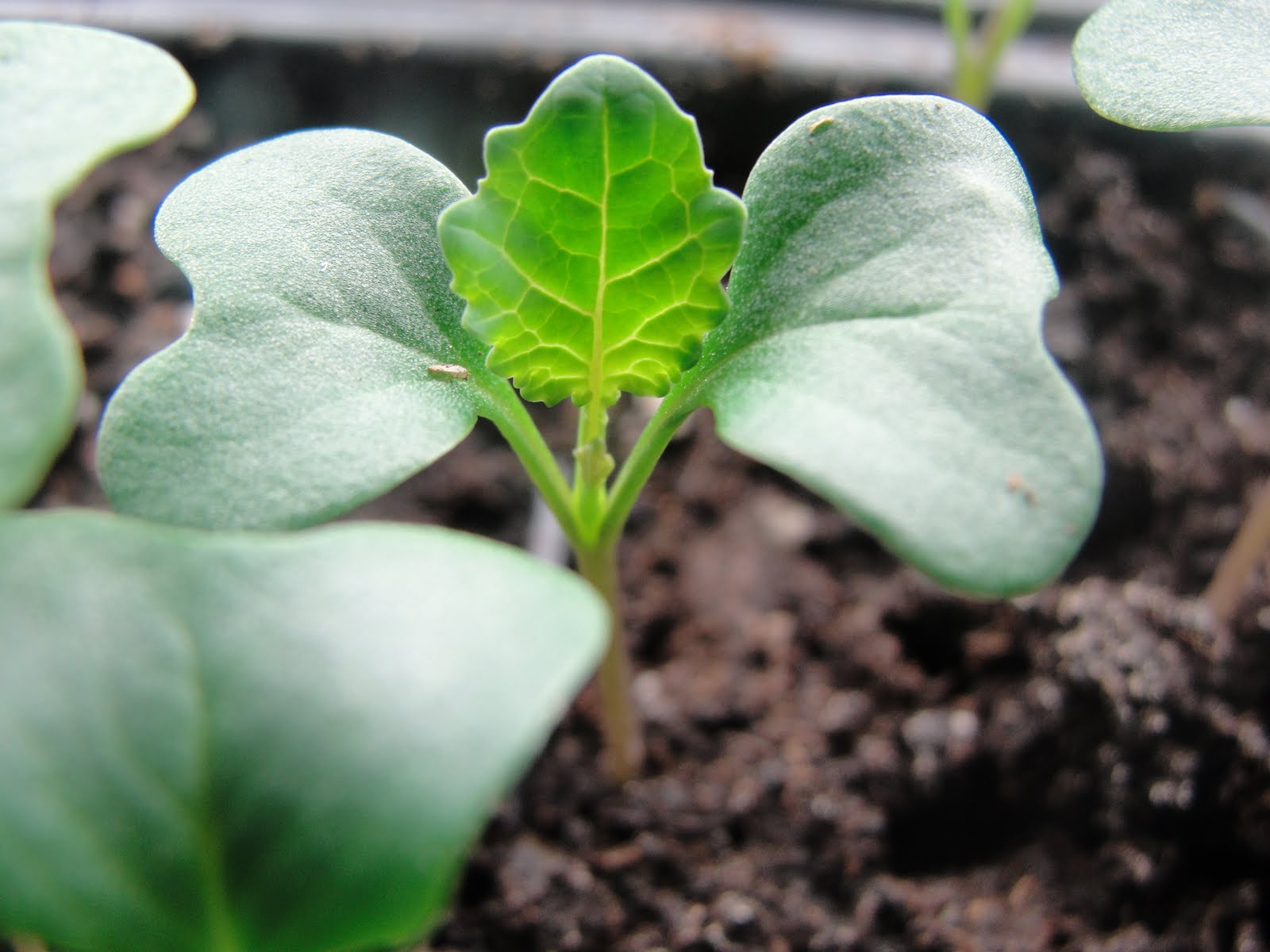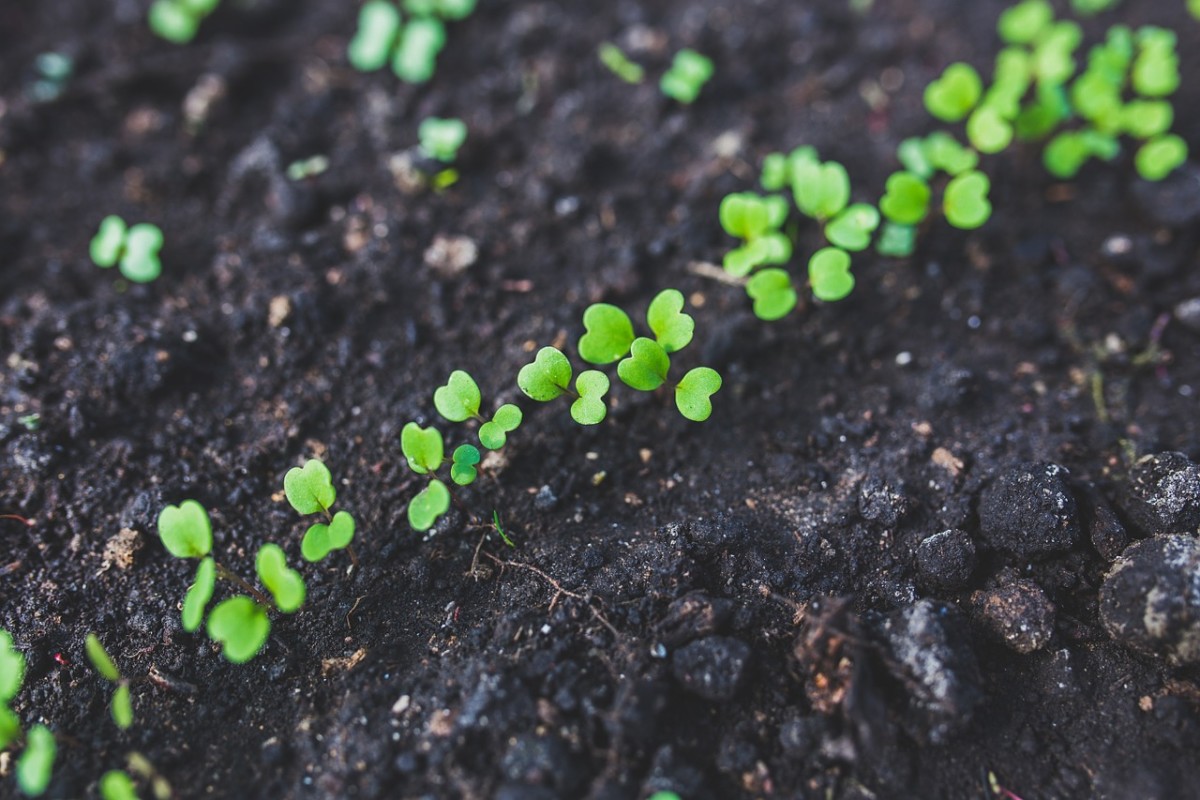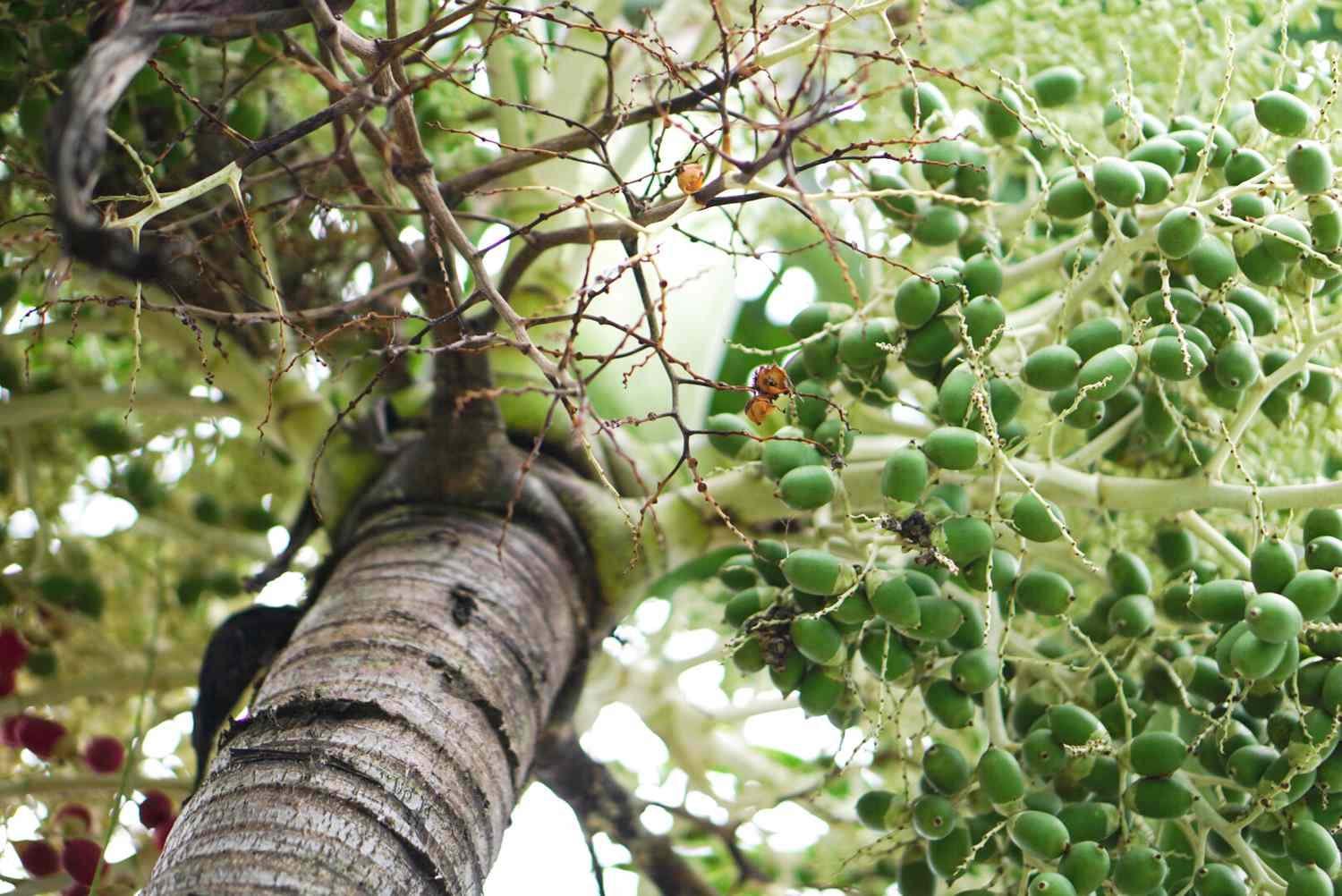Home>Types of Gardening>Edible Gardening>How To Grow Fennel Seeds


Edible Gardening
How To Grow Fennel Seeds
Modified: February 10, 2024
Discover the secrets of growing fennel seeds in your edible garden. Learn the steps and techniques to cultivate flavorful fennel at home.
(Many of the links in this article redirect to a specific reviewed product. Your purchase of these products through affiliate links helps to generate commission for Chicagolandgardening.com, at no extra cost. Learn more)
Table of Contents
Introduction
Welcome to the wonderful world of fennel seeds! If you’re an avid gardener or someone looking to venture into edible gardening, fennel seeds are a delightful addition to consider. Not only do they add a burst of flavor to your dishes, but they also offer a range of health benefits.
Fennel seeds, derived from the fennel plant (Foeniculum vulgare), have been used for centuries in culinary and medicinal applications. They have a distinct, sweet flavor reminiscent of licorice and are commonly used in various cuisines around the world.
Aside from their culinary uses, fennel seeds also possess numerous health-promoting properties. They are rich in vitamins, minerals, and antioxidants, and have been traditionally used to aid digestion, reduce bloating, and promote overall wellbeing.
Whether you have a spacious garden, a small balcony, or even just a windowsill, growing fennel seeds is a rewarding experience. In this article, we’ll guide you through the process of growing fennel seeds, from choosing the right soil to harvesting and storing the seeds.
So, if you’re ready to embark on a journey of edible gardening and enjoy the flavors and benefits of fennel seeds, let’s dive in and get started!
Understanding Fennel Seeds
Before we delve into the details of growing fennel seeds, it’s important to have a good understanding of what they are and why they are so special.
Fennel seeds are the dried seeds of the fennel plant, which is a member of the carrot family. They are small, oval-shaped seeds that are light green or brown in color.
Not only are fennel seeds known for their distinct and soothing aroma, but they also offer a wide range of culinary and medicinal benefits. In the kitchen, they are commonly used as a spice or flavoring agent in various dishes. They can be used in both sweet and savory recipes, including breads, curries, soups, and desserts.
Aside from their culinary uses, fennel seeds have long been used in traditional medicine for their potential health benefits. They are believed to have anti-inflammatory and antioxidant properties, which can contribute to overall wellbeing. They are also known to aid digestion, relieve bloating and flatulence, promote healthy skin, and even support weight loss.
When it comes to buying fennel seeds, it’s important to choose high-quality seeds from a reputable source. Look for seeds that are fresh and aromatic, as this indicates their potency. It’s also a good idea to opt for organic seeds to avoid exposure to harmful pesticides or chemicals.
Now that we have a better understanding of fennel seeds and their qualities, let’s move on to the next step: choosing the right soil and location for growing these remarkable seeds.
Choosing the Right Soil and Location
Choosing the right soil and location is crucial for the successful growth of fennel seeds. These plants thrive in well-drained soil that is rich in organic matter.
Firstly, consider the pH level of the soil. Fennel seeds prefer a slightly acidic to neutral pH range of 6.0 to 7.0. You can test the pH level of your soil using a soil testing kit, which is available at most garden centers. Adjust the pH of the soil if necessary by adding amendments such as lime to raise the pH or sulfur to lower it.
In terms of soil texture, fennel seeds prefer loamy soil that is well-drained. This type of soil provides a good balance of water retention and drainage. If your soil is heavy clay or sandy, you can improve its texture by adding organic matter such as compost, well-rotted manure, or peat moss to enhance water retention and improve its overall structure.
When it comes to selecting the right location for your fennel seeds, choose a spot that receives full sun or partial shade. Fennel seeds require at least six hours of direct sunlight per day to grow well. Ensure that the location is sheltered from strong winds, as fennel plants can be sensitive to wind damage.
Consider the spacing requirements of fennel seeds when deciding where to plant them. They need ample space to grow, typically requiring 12 to 18 inches of space between each plant. If space is limited, you can also plant fennel seeds in containers or raised beds.
Lastly, avoid planting fennel seeds near other plants that they may have a negative interaction with. Fennel has allelopathic properties, meaning it can release chemicals that inhibit the growth of certain plants. Avoid planting fennel near dill, coriander, carrots, and beans, as they can be negatively affected by the presence of fennel.
Now that we have covered the basics of soil and location selection, it’s time to move on to the next step: planting fennel seeds.
Planting Fennel Seeds
Planting fennel seeds is an exciting step in the journey of growing your own aromatic and flavorful fennel plants. Here are the key steps to ensure successful planting:
1. Timing: Fennel seeds are best planted in the spring after the last frost date in your area. The soil should be well-warmed to allow for proper germination. It’s important to note that fennel is a cool-season crop and can also be planted in the fall in areas with mild winters.
2. Preparing the soil: Before planting, ensure that the soil is loosened and free of any weeds or debris. Mix in some organic matter such as compost or well-rotted manure to enrich the soil with nutrients.
3. Sowing the seeds: Sow the fennel seeds directly into the prepared soil. The seeds should be planted about ¼ to ½ inch deep. Space the seeds approximately 12 to 18 inches apart to allow ample room for growth.
4. Watering: After sowing the seeds, gently water the soil to provide moisture for germination. Keep the soil consistently moist but not oversaturated. Avoid overwatering, as it can lead to rotting of the seeds or young seedlings.
5. Germination and thinning: Fennel seeds typically germinate within 7 to 14 days. Once the seedlings reach a height of about 2 inches, thin them out to allow proper airflow and prevent overcrowding. Ideally, maintain a spacing of about 6 to 8 inches between the young plants.
6. Care and maintenance: As the fennel plants grow, continue to water them regularly, ensuring that the soil remains evenly moist. Apply a layer of organic mulch around the plants to help retain moisture and suppress weed growth.
By following these steps, you’ll be well on your way to growing healthy and vibrant fennel plants. Next, let’s explore the importance of watering and mulching for successful fennel cultivation.
Watering and Mulching
Proper watering and mulching play a crucial role in the successful growth of fennel plants. Here are some important tips to keep in mind:
Watering:
Fennel plants have moderate water needs, so it’s important to keep the soil moist but avoid waterlogging. Adequate moisture is particularly important during the germination and early growth stages.
Water your fennel plants deeply once or twice a week, depending on the weather conditions. Aim to provide about 1 inch of water per week, either through rainfall or supplemental irrigation.
Monitor the soil moisture by sticking your finger about an inch into the soil. If it feels dry at that depth, it’s time to water. Be careful not to overwater, as fennel plants are susceptible to root rot in waterlogged conditions.
In dry and hot climates, consider providing some shade for your fennel plants during the hottest part of the day to prevent excessive evaporation and stress on the plants.
Mulching:
Applying mulch around your fennel plants helps conserve soil moisture, suppress weed growth, and improve the overall health of the plants.
Once your fennel plants have established and reached a height of about 6 inches, apply a layer of organic mulch around the base of the plants. This can be materials such as straw, wood chips, or compost.
Ensure that the mulch layer is about 2 to 3 inches thick, making sure to leave a small gap around the main stem of the plant to prevent rotting.
The mulch will help keep the soil cool and moist, reducing the need for frequent watering and providing a beneficial environment for the fennel plants to thrive.
By following these watering and mulching practices, you’ll be providing your fennel plants with the optimal conditions for growth and ensuring their overall health and productivity. Next, let’s explore the importance of fertilizing the fennel plants.
Fertilizing the Fennel Plants
Fertilizing your fennel plants is essential to provide them with the necessary nutrients for healthy growth and optimum flavor. Here are some key points to consider when it comes to fertilizing:
Soil Testing:
Before applying any fertilizers, it’s a good idea to conduct a soil test to determine the nutrient levels and pH of your soil. This will help you understand any deficiencies or imbalances and allow you to adjust your fertilization approach accordingly.
Organic Matter:
Prioritize building up the organic matter content in your soil by adding compost or well-rotted manure. Organic matter provides a slow-release source of nutrients and helps improve the soil’s structure, moisture-retention capacity, and overall fertility.
Nitrogen:
Fennel plants typically have moderate nitrogen requirements. Nitrogen is responsible for promoting healthy foliage growth. You can provide nitrogen through the application of organic fertilizers, such as well-decomposed compost or aged manure.
Timing:
It’s best to apply nitrogen-rich organic fertilizers to your fennel plants when they are in their early growth stages. This provides them with the necessary nutrients to establish a strong foundation.
Mid-Season Boost:
As the fennel plants continue to grow, consider providing a mid-season boost of fertilization to ensure continuous nutrient availability. This can be done by side-dressing with a nitrogen-rich fertilizer or by using a balanced organic fertilizer according to the package instructions.
Avoid Over-Fertilization:
While fertilizing is important, it’s crucial to avoid over-fertilization as it can lead to excessive leaf growth and reduced flavor intensity. Follow the recommended dosage on the fertilizer packaging, and err on the side of caution to avoid damaging your plants.
By applying the right fertilization techniques and providing your fennel plants with the necessary nutrients, you’ll help them develop into healthy and flavorful plants. Next, we’ll explore methods for controlling pests and diseases that may affect your fennel plants.
Controlling Pests and Diseases
Like any other plants, fennel is susceptible to certain pests and diseases that can hinder its growth and overall health. Here are some common pests and diseases that may affect fennel plants and methods for controlling them:
Pests:
– Aphids: These small, soft-bodied insects can cluster on the leaves and stems of fennel plants, causing damage by sucking sap from the plant. You can control aphids by spraying a solution of water and mild soap or using natural predators like ladybugs.
– Caterpillars: Caterpillars, such as the cabbage looper or parsley worm, can feed on fennel leaves, causing significant damage. Handpicking them off the plants or using organic insecticides is an effective control method.
– Slugs and Snails: These slimy creatures can chew on fennel leaves, resulting in unsightly damage. You can create slug and snail barriers using copper tape or handpick them off the plants during the early morning or evening hours.
Diseases:
– Powdery Mildew: Powdery mildew appears as a white, powdery coating on the leaves of fennel plants. Maintain proper spacing between plants to promote air circulation and remove infected leaves promptly to prevent the spread of the disease. Fungicidal sprays may also be used in severe cases.
– Fusarium Wilt: Fusarium wilt causes yellowing, wilting, and plant death. Practice crop rotation and ensure good soil drainage to prevent the buildup of this soil-borne disease. There are no chemical controls for this disease, so prevention is key.
– Root Rot: Excessive moisture can lead to root rot, which causes the roots to become mushy and the plants to wilt. Ensure proper drainage and avoid overwatering to prevent this disease. Remove infected plants promptly to prevent the spread to healthy plants.
Preventative Measures:
– Proper sanitation: Keep the gardening area free of debris, fallen leaves, and weeds that can harbor pests and diseases.
– Crop rotation: Rotate the location of fennel plants each year to disrupt pest and disease cycles.
– Companion planting: Planting beneficial companion plants like garlic, marigolds, or dill near fennel can help repel pests and improve overall plant health.
– Regular inspection: Monitor your fennel plants regularly to identify any signs of pests or diseases. Early detection increases the chances of successful control.
By implementing these pest and disease control measures, you can ensure that your fennel plants grow vigorously and produce a bountiful harvest. Next, let’s explore how and when to harvest fennel seeds for culinary use.
Harvesting Fennel Seeds
The moment of harvesting fennel seeds is an exciting time in the gardening journey. Here’s what you need to know about when and how to harvest fennel seeds:
Timing:
Fennel seeds are typically ready for harvest around 80 to 100 days after planting. The seeds will mature after the yellow flowers have bloomed and faded, and the umbels (clusters of flowers) have turned brown and dry.
Observation:
Regularly monitor your fennel plants to determine when the seeds are ready for harvest. Keep an eye on the umbels and the overall color and texture of the plant. Shake the umbels gently – if the seeds rattle inside, they are likely ready for harvesting.
Harvesting Method:
When the fennel seeds are mature and ready for harvesting, use a pair of garden shears or scissors to cut off the umbels from the plant. Place a paper bag or a clean container beneath the umbels to catch the falling seeds.
Drying and Cleaning:
Once you have harvested the fennel umbels, it’s time to dry them. Hang the umbels in a well-ventilated area with good air circulation. Allow them to dry completely, which can take 1 to 2 weeks. You can cover the umbels with a small paper bag to catch any falling seeds during the drying process.
Once the umbels are completely dry, gently rub them to release the fennel seeds. Collect the seeds, discarding any remaining plant material. Store the seeds in an airtight container in a cool, dry place away from direct sunlight.
Seed Saving:
If you want to save fennel seeds for future plantings, ensure that the seeds are fully dry before storing them. Label the container with the date and variety of the seeds for easy reference in the future.
Harvesting fennel seeds at the right time and following the proper drying and storage procedures will ensure that you can enjoy the flavor and aroma of these seeds in your culinary endeavors for months to come. Finally, let’s discuss how to store and use fennel seeds.
Storing and Using Fennel Seeds
Proper storage and utilization of fennel seeds are key to preserving their freshness and flavor. Here’s what you need to know:
Storing Fennel Seeds:
Once the fennel seeds have been properly dried, store them in an airtight container, such as a glass jar or a resealable plastic bag. Make sure the container is clean, dry, and free of moisture to prevent the seeds from losing their flavor or becoming moldy.
Keep the container in a cool, dark place, away from direct sunlight, as exposure to light can affect the seeds’ quality over time. Properly stored, fennel seeds can maintain their flavor for up to a year.
Using Fennel Seeds in Culinary Applications:
Fennel seeds offer a unique flavor and aromatic quality that can enhance a variety of dishes. Here are a few popular ways to use fennel seeds in your culinary creations:
– Baking: Add crushed or ground fennel seeds to bread doughs, biscuits, or pastries to impart a subtle anise-like flavor.
– Cooking: Sprinkle fennel seeds into soups, stews, and sauces to enhance the overall taste. They pair well with vegetables, fish, and poultry dishes.
– Spice Blends: Combine fennel seeds with other spices such as cumin, coriander, or pepper to create flavorful spice blends for marinades or rubs.
– Infusions: Create fennel seed infusions by steeping them in hot water to make herbal teas or adding them to oils for a unique flavor profile in salad dressings or marinades.
Remember to crush or grind the fennel seeds just before use to release their aromatic oils and maximize their flavor.
Exploring Fennel Seeds’ Health Benefits:
In addition to their culinary applications, fennel seeds offer a range of potential health benefits. They are believed to aid digestion, reduce bloating, and have anti-inflammatory properties. Incorporating fennel seeds into your diet may contribute to overall wellbeing.
However, it’s important to note that if you have any underlying health conditions or are pregnant or breastfeeding, it’s best to consult a healthcare professional before consuming fennel seeds for their potential health benefits.
By storing your fennel seeds properly and experimenting with different culinary uses, you can enjoy their unique flavor and potential health benefits in your everyday cooking. With this knowledge, you are well-equipped to embark on your edible gardening journey with fennel seeds.
Conclusion
Congratulations, you’ve now learned the ins and outs of growing fennel seeds! From understanding the characteristics of these aromatic seeds to selecting the right soil and location, planting, watering, fertilizing, and controlling pests and diseases, you have gained the knowledge to successfully cultivate fennel in your own garden.
By following the guidelines provided, you can ensure that your fennel plants thrive, producing an abundance of flavorful seeds that can be harvested, dried, and stored for future culinary adventures. Whether you incorporate them into your baked goods, spice blends, or savory dishes, fennel seeds add a unique and delightful taste.
Don’t forget to explore the potential health benefits of fennel seeds, as they have been used for centuries in traditional medicine to aid digestion, reduce bloating, and provide anti-inflammatory properties. However, it’s always recommended to consult a healthcare professional if you have any specific health concerns or conditions.
Enjoy the process of growing and caring for your fennel plants, and take pleasure in the flavors and aromas they bring to your meals. Embrace the joy of edible gardening and the satisfaction of harvesting and using your homegrown fennel seeds.
Now, it’s time to put your newfound knowledge into practice and start your own fennel seed journey. Happy gardening and happy cooking!
